Thousands still waiting for housing assistance after record-breaking northern NSW floods
It’s been revealed only a small portion of property owners waiting for assistance after the catastrophic Northern Rivers floods have been granted a home buyback or other help.
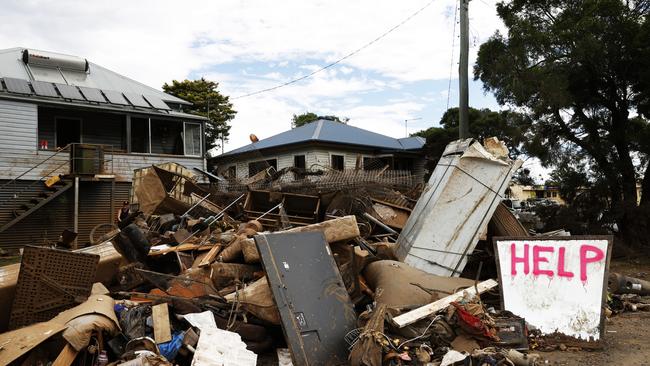
Tweed Heads
Don't miss out on the headlines from Tweed Heads. Followed categories will be added to My News.
Less than one in 20 property owners waiting for help after the catastrophic Northern Rivers floods have been granted a buyback or other assistance more than a year after the disasters.
Almost 6500 property owners have registered for a buyback, house raising or home retrofit under the Resilient Housing Program run by the state-appointed Northern Rivers Reconstruction Corporation.
It’s one of the largest natural disaster responses in Australian history.
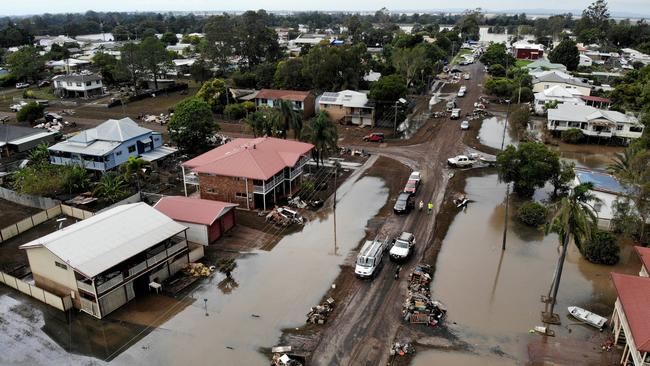
The number of homeowners registered in flood-smashed LGAs are: 2277 in Lismore, 172 in Kyogle, 700 in Ballina, 816 in Byron, 1043 in Tweed, 392 in Clarence and 1071 in Richmond.
But across the region only 251 buybacks had been approved as of May 5: 217 in Lismore, zero in Kyogle, three in Ballina, three in Byron, 179 in Tweed, one in Clarence and one in Richmond – less than four per cent of those registered.
Meanwhile, some in the community have raised concerns about how vulnerable the area remains and questioned whether governments have learned lessons to protect them in future.
An independent flood inquiry found a communications failure during the Northern Rivers floods. Internet and telecom towers were wiped out, leaving residents in the dark as the waters rose and communities isolated and on their own.
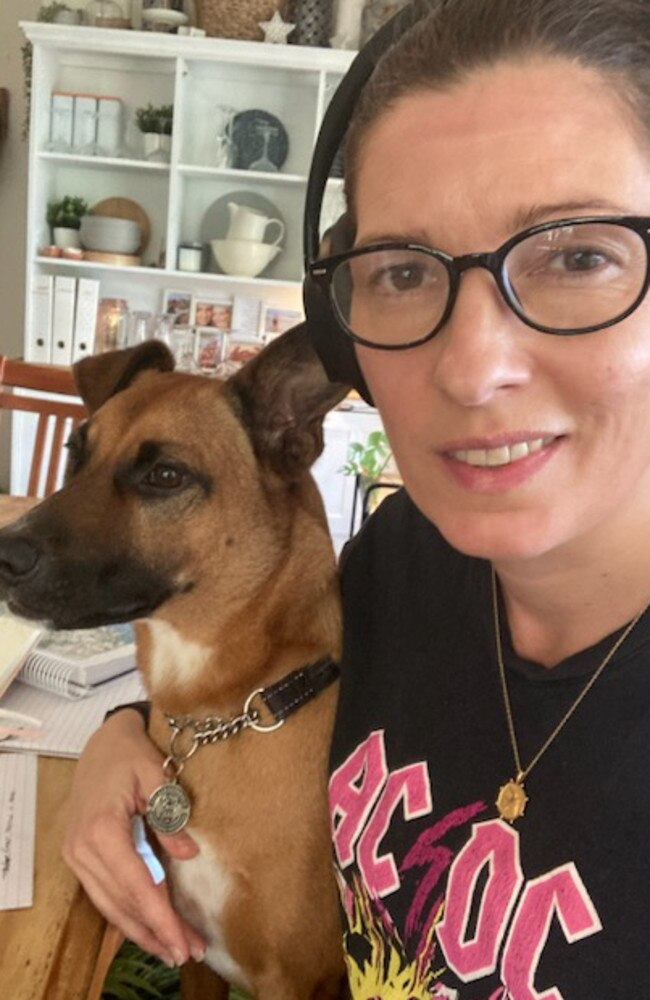
The federal government has allocated funding for upgrades to disaster warning systems, but no work is underway at this stage.
Claire Sowden, a volunteer in the thick of it on February 28 last year, said she felt like the Northern Rivers was as vulnerable as ever.
She has since become recovery co-ordinator for charity Resilient Lismore.
“If it happened tomorrow we’d be in a similar situation,” she said.
During the chaos, Ms Sowden was one of many individuals who stepped up to help get information to the people in danger.
She was located at Lennox Head on February 28 – outside of the worst hit areas down the road, like Lismore.
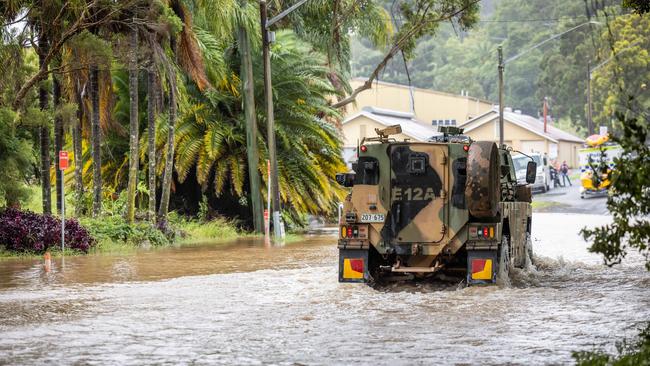
Ms Sowden used social media to pass on information to communities struggling with communications during the evolving crisis.
She helped co-ordinate search and rescue efforts as people took to Facebook, crying out for help
Ms Sowden also transcribed radio updates from the State Emergency Service (SES), posting them into Facebook groups.
She faced a “series of unbelievable shocks” as she heard residents up to their necks in flood desperately trying to find out what was happening as their phone batteries drained.
Ms Sowden spoke of a scattered response post-floods.
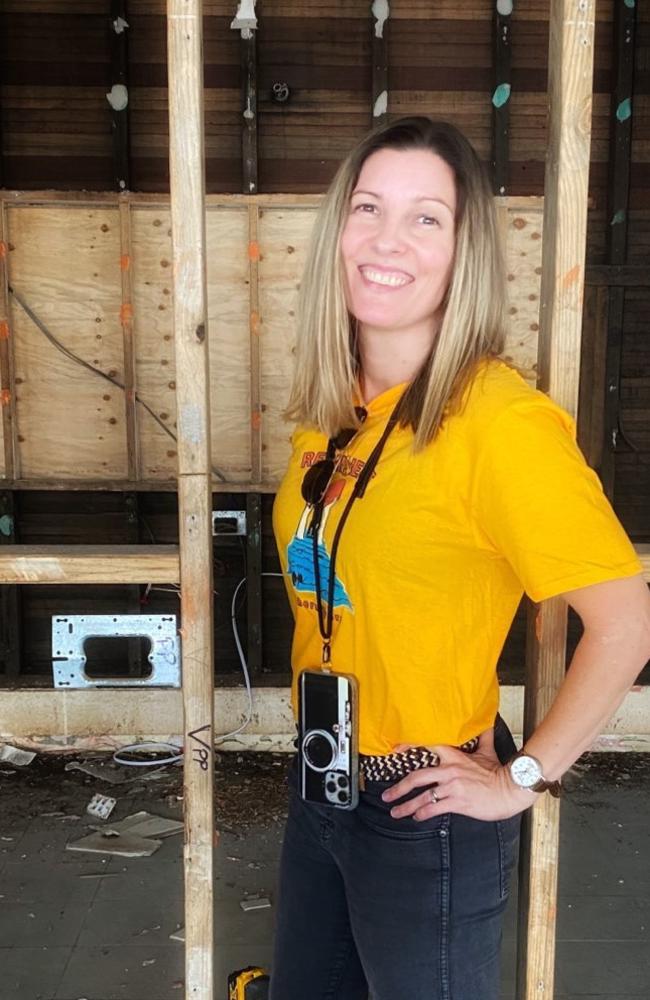
She visited different evacuation centres to determine what survivors needed and said there was
piles of donations from generous people, but not the necessities needed.
She would make lists and again take to social media to co-ordinate relief efforts sending helpers where they were most needed.
She has been lauded as “best accidental IT person” for her efforts during the floods.
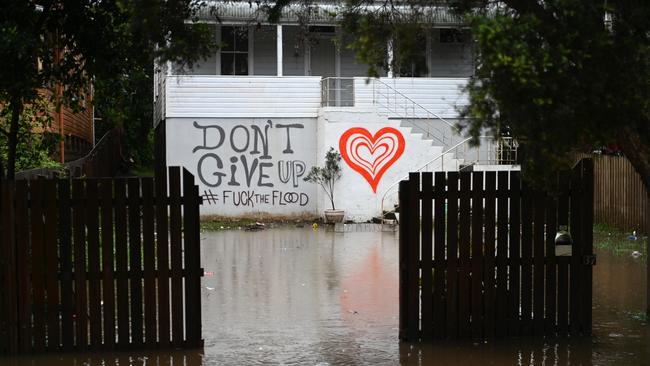
In recent times, Ms Sowden and her Resilient Lismore colleagues have been linking people who need help with the help they need. Instead of toilet paper and canned food, now it’s insurance, tradies, and the Northern Rivers Reconstruction Corporation (NRRC).
Survivors seeking help have just gone through the worst year of their lives, Ms Sowden said, and many scraped through near-death experiences.
She said they are now faced with the complex aftermath – some homeless and without an income.
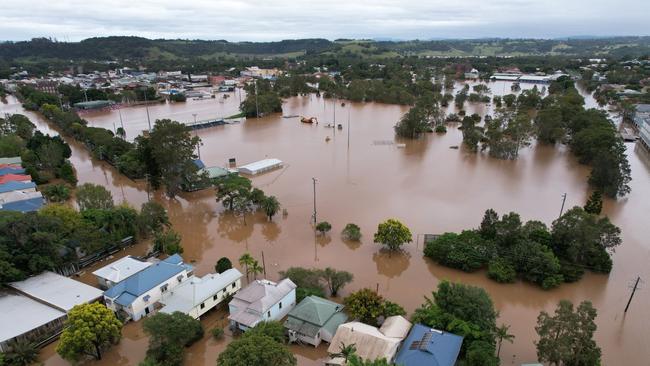
Ms Sowden listens to people’s stories, what they have been through, and makes sure the tales fall on the ears of the “right people”.
The charity approaches organisations like the Insurance Council and the NRRC – sometimes simply looking for answers for those they’re helping.
She said many flood survivors felt their voices were not being heard and they were not being consulted about their future, or that of their community.
More Coverage
Originally published as Thousands still waiting for housing assistance after record-breaking northern NSW floods





